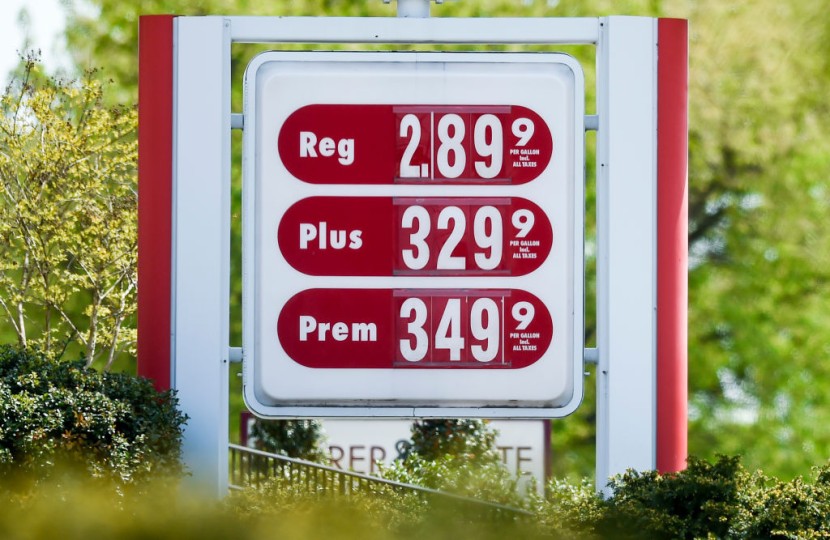
The travel and fuel price tracking app GasBuddy revealed that the average price of a gallon of gasoline in the United States increased two and a half cents from last week to $3.09 a gallon on Monday. The national average is currently about five cents more than its price a month ago and 92 cents higher than its price a year ago.
According to GasBuddy petroleum expert Patrick De Haan, Americans can expect to pay even more at the pump as the holiday of July 4 approaches. With the United States' economy fast rebounding from a 15-month-long coronavirus pandemic, the demand for gasoline has constantly been increasing, driving prices to levels that have not been observed since 2014.
Consumers are seeing increased fuel prices as part of an inflationary mix as the economy rebounds from the pandemic. Lumber, diapers, meat, and poultry products have all seen their costs rise as commodity and material prices have risen.
The Energy Information Administration (EIA) estimated that gasoline will average $2.92 per gallon for the April-September summer driving season, up from $2.07 last year. Regular gasoline will average $2.77 a gallon for the whole year, suggesting that US households will spend $570 more on fuel than they did a year ago.
Why do gasoline prices continue rising?
Many of these price hikes are expected to be transitory, according to the Federal Reserve. Last week, Fed Chair Jerome Powell testified before a House panel, citing "the pass-through of prior increases in oil prices to consumer energy prices" as one reason for the rise in inflation, ABC News reported.
According to the EIA, current gasoline demand in the United States is nearly unchanged from the same period last year. However, overall demand is up by 16% from the end of last year, especially during the holidays. This Fourth of July weekend, AAA predicts 43.6 million Americans will travel by car, predicting a record of the most number of automobiles out on the road so far this year.
When drivers notice the rare station without gas, Tom Kloza, global head of energy analysis for the Oil Price Information Service, which analyzes prices for AAA, is worried that they would respond by filling off their tanks more frequently than required, causing a fuel scarcity. The same scenario happened in May when the Colonial Pipeline was hacked that caused severe outages at stations across the East Coast.
Per CNN via MSN, a driver shortage affects the whole trucking business; but driving a tank truck necessitates particular credentials, making the shortage worse than in other industries. According to the National Tank Truck Carriers, the industry's trade association, between 20% and 25% of tank trucks, remain parked countrywide as summer approaches owing to a shortage of trained drivers. Only 10% of tankers were idle due to this cause at the beginning of 2019.
Some tank truck drivers retired as a result of the pandemic while others switched to other trucking professions that were more in demand last year when gasoline consumption plummeted so dramatically. According to Brian Milne of data research firm DTN, which analyzes energy costs and supply, finding new drivers won't be easy.
Expert says fuel prices won't drop until October
De Hann said during an appearance on FOX Business "Cavuto: Coast to Coast" Monday, "Instead of seeing prices maybe back down to the mid- or upper twos, it may be a push to drop under $3.00 a gallon." Also, he noted that prices continue rising and a nearly $3 drop per gallon might not be possible until October.
When asked if the Biden administration's push to go green is another factor to consider, de Hann said it's too early to tell if the White House's policy agenda has influenced the prices Americans are seeing now. Down the road the Biden administration's push to go green will probably have more of an impact, he added.
Related Article: Is President Biden To Blame Gasoline Price Hikes?
@YouTube








